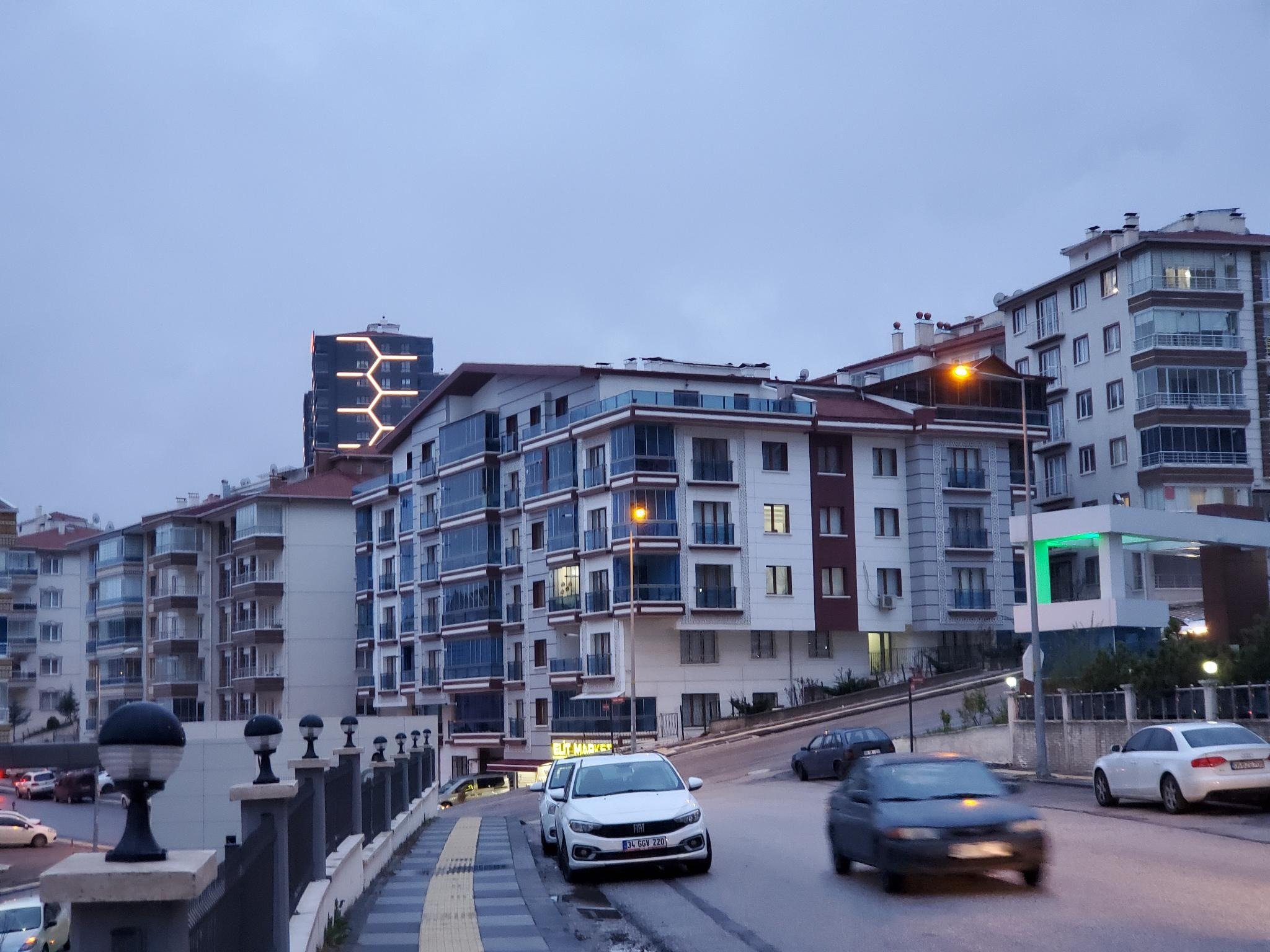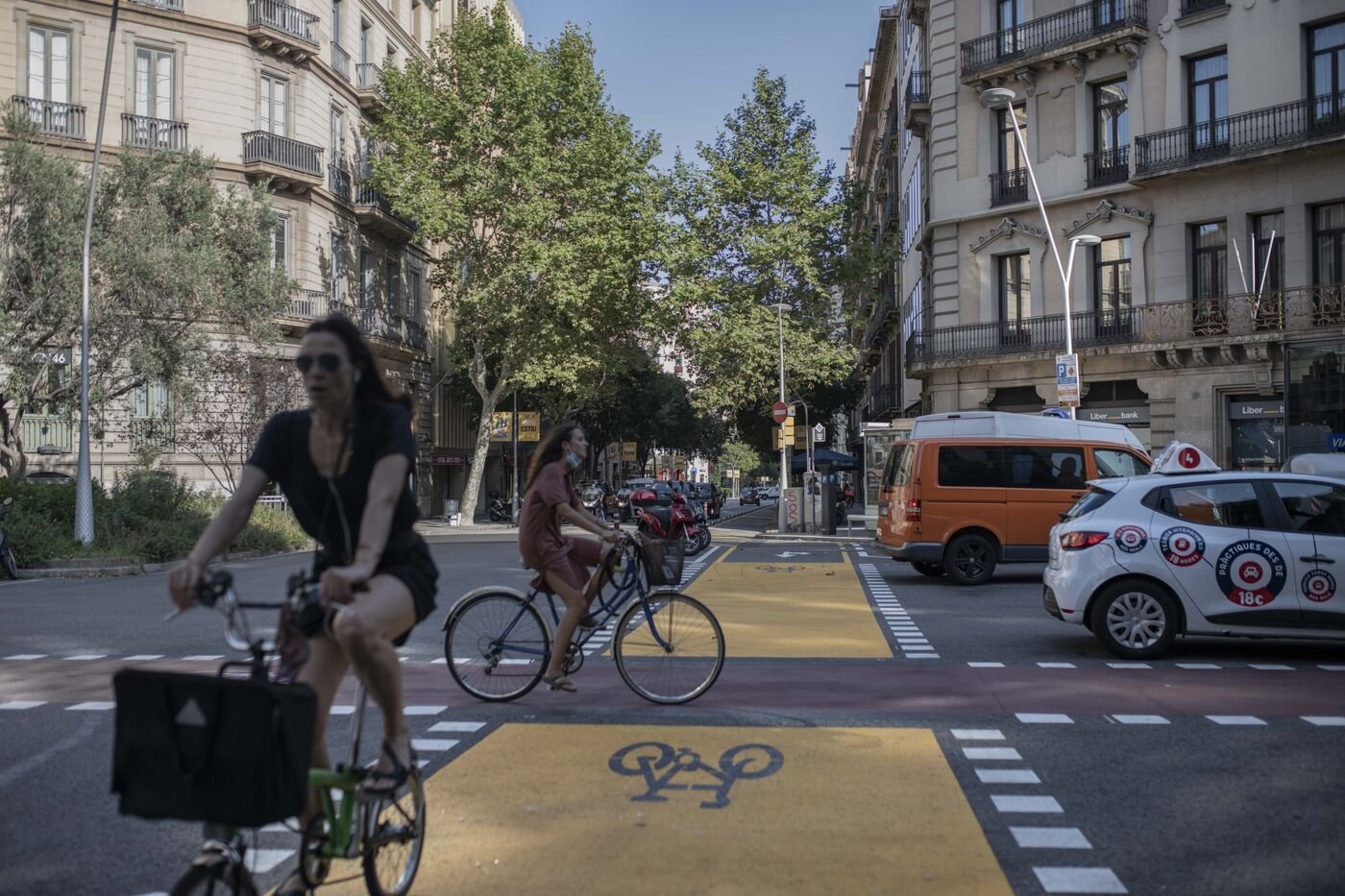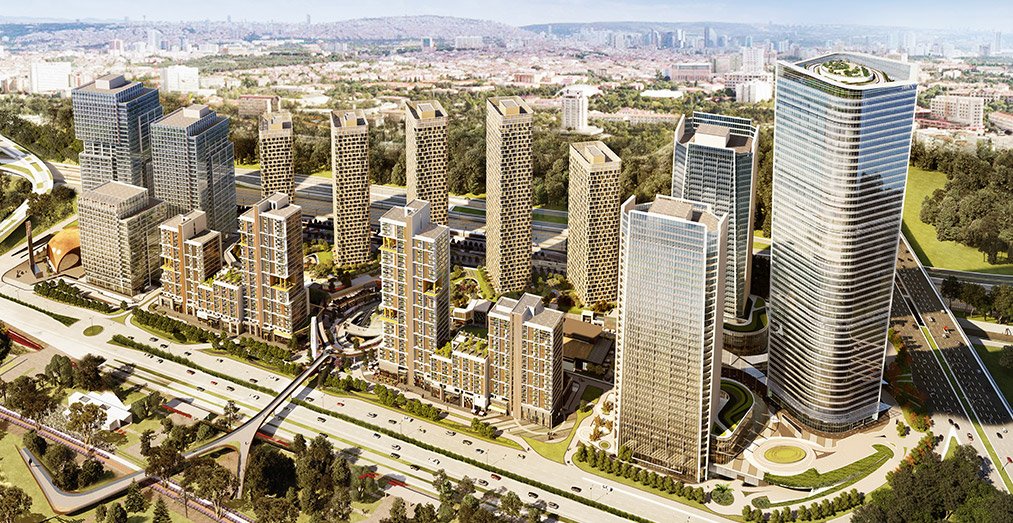Life in a 15 minute city
The concept of the 15-minute city has been around for at least 100 years. It recently returned to public consciousness when the current mayor of Paris, Anne Hidalgo, made it a focus of her campaign.
According to 15minutecity.com
“Everyone living in a city should have access to essential urban services within a 15 minute walk or bike. The 15-Minute City Project is designed to help access-focused urban transformations be what we need them to be: ambitious, inclusive, measurable and effectively implemented.”
An image from https://www.15minutecity.com/
Now I live in Ankara, which is Turkey's dense and sprawling capital of nearly 6 million people. There are many localized centers that certainly qualify as 15-minute cities, and they are linked by an efficient metro system. There are also plentiful buses, minibuses, scooters, and taxis. The city is full of hills, but there is some biking infrastructure.
Near Keçiören, in the north part of Ankara.
There are some neighborhoods in Ankara that are balanced between 4-6 floor buildings that often have ground floor retail. This is very similar to the pictures you see in continental Europe that are hailed by urbanist organizations as examples for Americans to emulate.
Both of these pictures are actually quite similar, with the main difference being the wide bike lanes and trees. The trees break up the scenery, add some shade, and give some privacy to the people in the buildings. For some people, these places are home, and they are excited to live there and are proud of what they are made. For me, these places look extremely loud and busy, and they are probably a bit suffocating after prolonged amounts of time there. All of the housing is likely very soundproofed, in order to not be disrupted by neighbors or traffic. In Turkey, many people regularly travel to smaller towns, where people often maintain some sort of property, or to parks outside of the city. In both pictures, I would imagine that people, especially kids, need to regularly walk to a more open space.
From this Bloomberg article on 15-minute cities
I find this example to be an optimistic best case for the walkable lives that many people want to live. Perhaps that is possible in a service economy. But does this have any hope of scaling to everyone?
The reality for many of the residents of a city like Ankara is living in much taller towers. I am writing this from across the street from the Merkez Ankara development (shown below), which is currently under construction.
Merkez Ankara - a rendering of giant development that I regularly pass by. Yes, it is completely surrounded by highways. But it is close to a big mall and a park.
This development is actually one of the better cases for dense living in the city. As you can see in the distance, buildings are even denser in many areas of the city. However, I don’t think living in a corner of a massive building is good for general life satisfaction and human flourishing (perhaps there are some upcoming innovations from the UAE or the rest of the GCC that will one day help us better realize the fullness of what it means to be human).
Maybe the builders can squeeze a few percentage points savings in some sort of emissions or heating by packing so many people so close together. But the kids who grow up in these places will not grow with gardens nor space to learn a music instrument in a way that they can privately explore. Humans are fundamentally creative creatures and most of us enjoy personalizing places and creating a home.
For those who live in commoditized concrete cubes, what is the sense of home or belonging? Will their best memories be in made in weekend trips outside the cities? During the weekends, many people leave their dense areas to walk around the less-dense neighborhood where I currently live.
Why invest so much into making a place one has to regularly escape to remain sane?
For almost all of human history, we have created music, poetry, and other art about what we love about different places.
Who will some day write about their highway-surrounded high rise?
I hope the 20% they get back to their investors was worth it.



